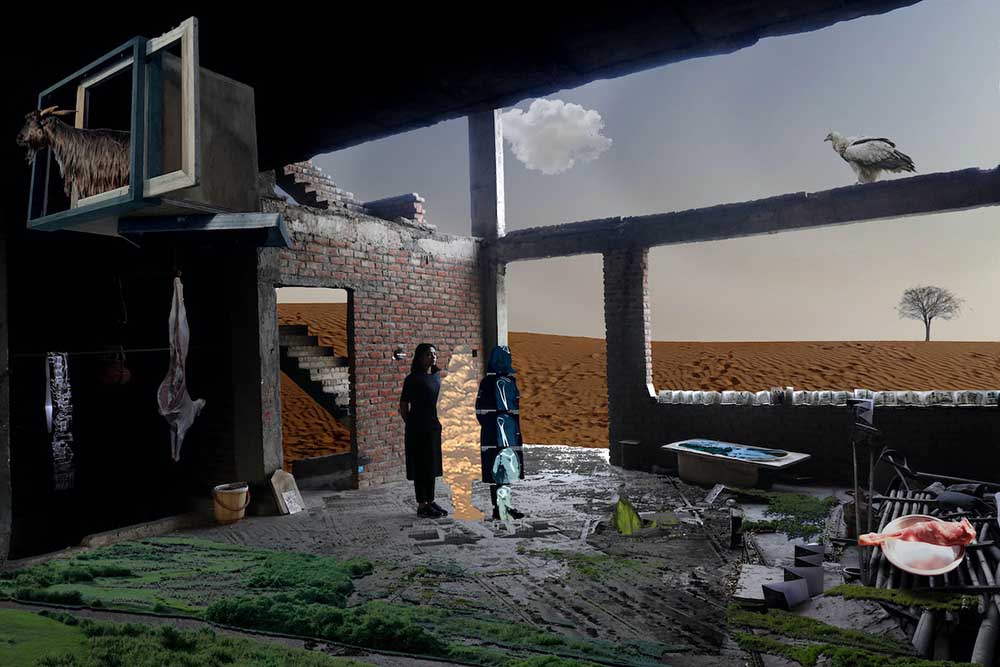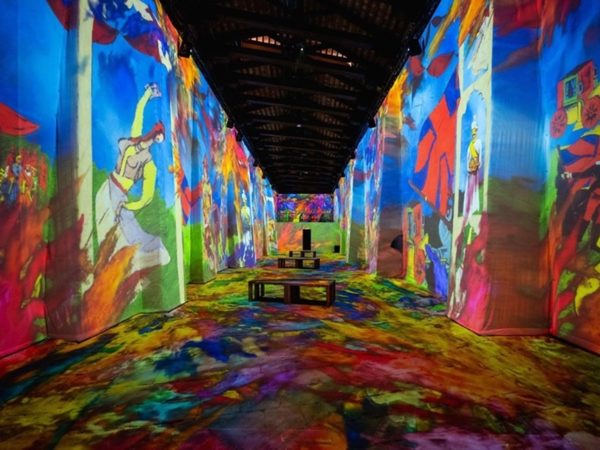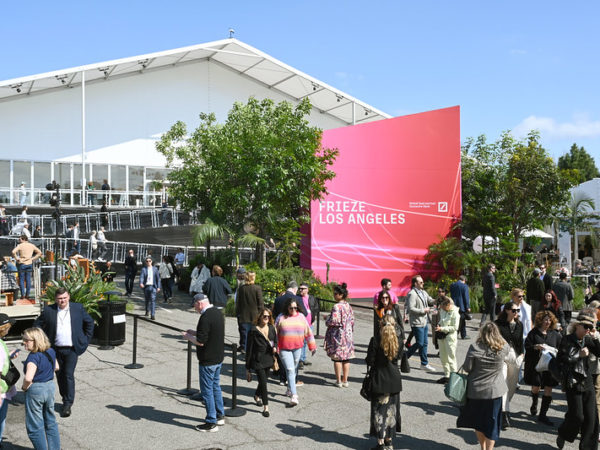GOING ROCK-SOLID WITH TERRAIN
The on-ground exhibition of Terrain.art, is one of the pioneers of the NFT art ecosystem for South Asia.
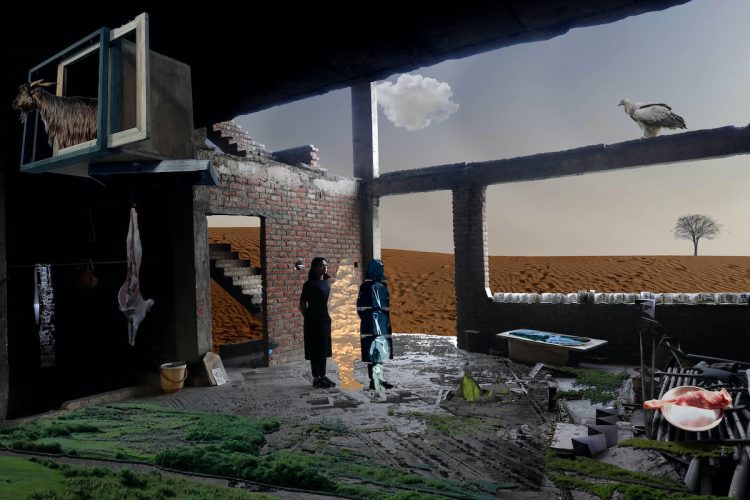
In the month of September 2021, at Bikaner House, New Delhi curator Srinivas Aditya Mopidevi brought us a large group exhibition which featured 35 emerging artists whose work range across mediums like paintings, sculpture, mixed media, and videos. What was most important and still relevant in March 2022, is that the works are coded, each one of them has an NFT code registered online.
Terrain Offline marked the first on-ground exhibition of Terrain.art, a pioneering NFT art ecosystem for South Asia. Founded by Aparajita Jain, Terrain.art aims to build an ecosystem for the arts by using blockchain technology and NFTs to standardise, democratise, and cultivate transparent practices for the field.
Through its Learn, Explore, and Archive divisions, Terrain.art is committed to creating and circulating accessible art educational resources, promoting artists in South Asia, and centralising archival processes, besides aiming to be a one-stop resource for a diverse audience of students, scholars, artists, and collectors.
For a physical art work a registered NFT ID works like an authentication certificate: “A small hologram is printed and pasted on the back of the painting the NFT code creates the validation and put into the buyer’s ‘wallet’. It is happening in an integrated manner as we speak and Terrain Offline is an open space for emerging artists to mint and sell NFTs,” says Mopidevi.
All the physical works are part of Terrain Art certified NFTs. However, the digital works by Khyati Trehan, Amrit Pal Singh and Laya Mathikshara for example are NFTs.
Aparajita Jain believes that the NFT technology was inevitable, “Firstly, I do not think NFTs are a trend. It’s a technological change that has happened and is here to stay. The reason the art ecosystem will become more stable is because of royalties, transfer of ownership as well as provenance. I think till date, artists have not received royalties which is robbing them of their rights,” says Jain adding that the technology will add transparency and trust in the entire ecosystem. “The reason I think it is democratic is because a lot more people who have access to computers can become creators and can actually make money from their creations rather than changing careers and transferring jobs,” says Jain.
The artists represented by Terrain have been nurtured for the past 2 years and it is important that the conversation is not just delegated to a digital space it effects all that which is a ‘collectible’, “It is not just for the crypto-punk generation, but for sculpture, painting small scale prints and large installation, besides digital art. It brings artists together from different parts of India and showing it in a space like Bikaner House brings the conversation to the capital,” says Mopidevi.
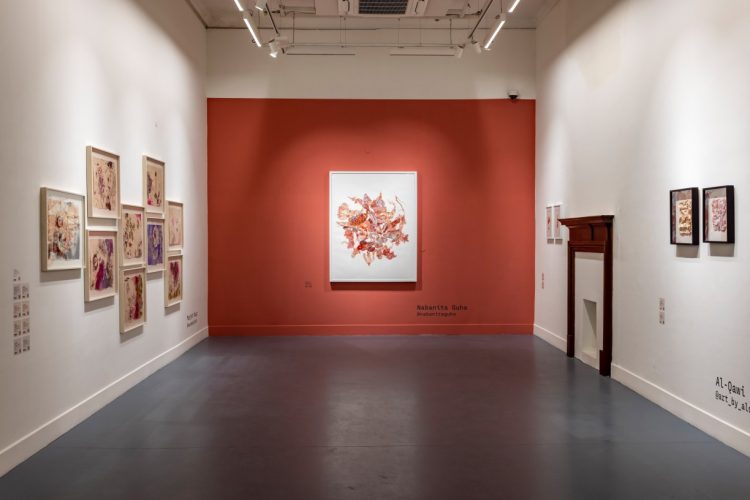
The artists represented are, Aditi Aggarwal, Sudhir Ambasana, Jayeti Bhattacharya, Suman Chandra, Joe Paul Cyriac, Dhanashri Sujit Deshmukh, Sukanya Garg, Teja Gavankar, Nabanita Guha, Prerit Jain, Amay Kataria, Manjot Kaur, Abhigna Kedia, Karthik KG, Deepak Kumar, Shivangi Ladha, Nur Mahammad, Enit María, Srinivas Mangipudi, Laya Mathikshara, Srishti Rana Menon, Manish Modi, Al-Qawi Nanavati, Ashima Raizada, Aban Raza, Susanta Kumar and Ramakanta Samantaray, Amrit Pal Singh, Vernika Singh, Urna Sinha, Entangled Others Studio, Kodanda Rao Teppala, Khyati Trehan, Bhartti Verma , Pankaj Vishwakarma, David Young, Art-chives and Teamwork Arts.
In her work, Aditi Aggarwal (b. 1987) attempts to capture the urban experience, with its noise, speed, and the time spent trying to encapsulate the entire gamut of emotions. She articulates spaces of both anxiety and dysfunction, in addition, working on images for an extended period of time becomes an exploration of letting the image lose its meaning under the weight of the ‘spectacle’. Aggarwal responds to and archives her immediate surroundings consisting of objects and memories. She utilises various formats like bookmaking, drawing, painting, analogue and digital collages, conveying multiple viewpoints simultaneously to communicate the intensity of her experiences and surroundings.
Aban Raza (b. 1989) is a New Delhi-based printmaker, painter, filmmaker, curator, and activist. Her practice originates from the crossroads between her political concerns and philosophical preoccupations. Raza’s deep-seated interest in the political climate in India co-exists with her ongoing interest in the greater universe. Her exploration of the universe resulted in a series of lithographic prints made using organic materials of stone, water, and sand.
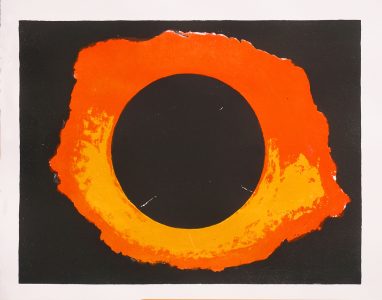
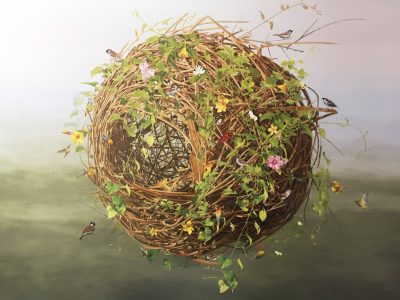
Deepak Kumar’s (b.1993) paintings, sculptures, and installations employ a diversity of materials to create an honest conversation about the uneasy relationship between human habitations and their surrounding ecosystems. Originally from rural Bihar, Kumar speaks of his early years spent in a harmonious relationship with flora and fauna. His move to Delhi, where he currently resides, left him bewildered with its ever-growing expanse, noise, and dust. Vistas of fields and the river Ganga were replaced with skyscrapers and scaffolding, and birdsong with the noise of the city. This raw nerve-ending of disharmony is Kumar’s artistic preoccupation.
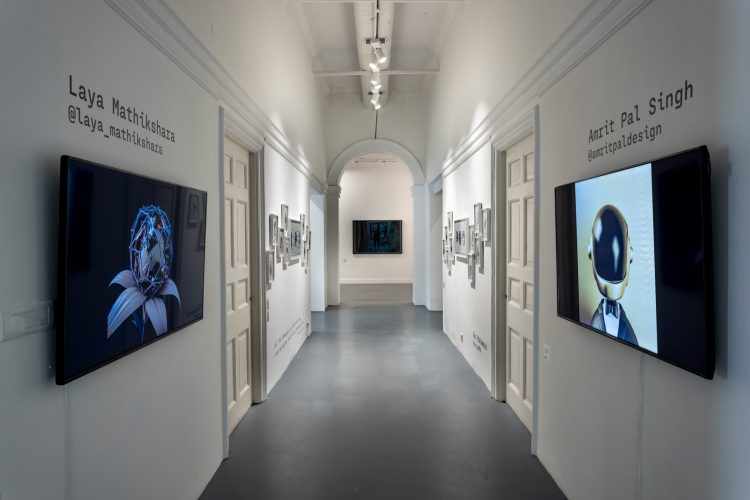
Based between Delhi and Mumbai, Sukanya Garg explores the human body’s intricacies, particularly the perceptions that stem from the constant evolution of cell structures. A trained economist who became an artist, writer, and poet, Garg’s practice is inspired by her ‘unprecedented journey’ across the world to understand pain and the diverse practices of healing. In the past few years, Garg developed an artistic language that explores life’s fragility and resilience whilst taking us on a simultaneous path into the body’s interiority and the cosmos of the universe. Her work challenges societal perceptions around ‘sickness’, mainly concerning wounds that leave scars on the body versus ones that don’t.
Enit María (b.1978) and Srinivas Mangipudi, (b.1975) are an artist couple from India and Peru, currently based in Goa. Through performances, socially engaged projects, drawings, and works on canvas, María and Mangipudi have arrived at a collaborative painting practice where their distinct visual, and conceptual approaches find consensus. With acrylic paint and graphite pencil, they venture into the fluid language of abstraction, working through forms and layers that emerge as they work simultaneously and in succession on the same canvas. They mimic, erase, overlap, and paint around each other.
Vadodara-based, Andhra-born painter and printmaker Kodanda Rao Teppala (b.1979) uses vibrant colour combinations and elements like crowds of people, landscape, and architectural elements to create visually charged paintings. Building his compositions using a vast archive of collected images, Teppala talks of freedom concerning one’s environment. Teppala’s treatment of these spaces brings the viewer in close contact with a state of constant transition and lack of situatedness, except within the crowd.
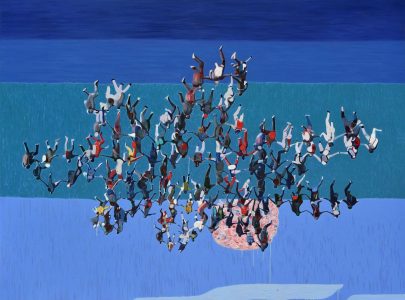
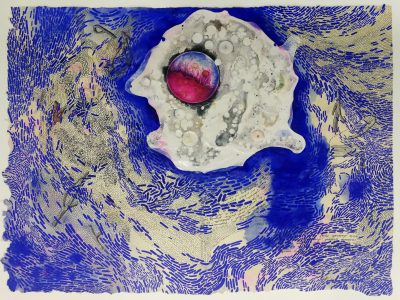
Manjot Kaur (b.1989) responds to her direct surroundings and the transitory state of life, questioning how nature and humans adapt to constantly shifting environments. Kaur describes her work as an interface between drawing, painting, installation, video, sound, and performance. Her work begins from a personal standpoint leading to broader universal concerns through a careful representation of objects and narratives rooted in impermanence. Using methods such as repetition, Kaur explores the theme of time, growth, and decay.
David Young (b.1964) has spent his entire career at the leading edge of emerging technologies –from projects at the dawn of the web using early supercomputers to contemporary global innovation and artistic initiatives. The artist’s current work, using artificial intelligence and quantum computing, explores how aesthetic experiences can lend new intuitions for emerging technologies. As part of the Learning Nature series, he constrains his AI program to minimal data in the form of photographs he takes of flowers at the moment of blooming, then manipulating the results with his own generative algorithms to tap into his AI’s understanding of aesthetics.
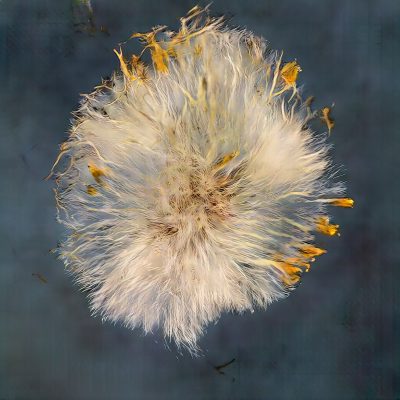
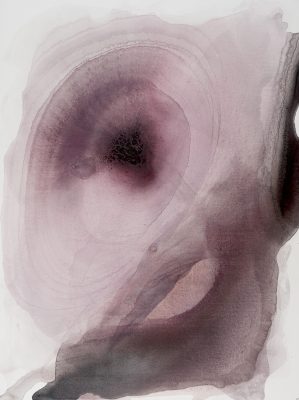
Terrain Offline is clearly an occasion to further the potential of virtual and physical engagement with contemporary art in the subcontinent.
Text By Georgina Maddox
Images courtesy: Terrain Offline
Find more about the Online Platform, Artists, and artworks:
https://www.artsy.net/article/artsy-editorial-nft-profile-pics-appeal-collectors-artists-alike

